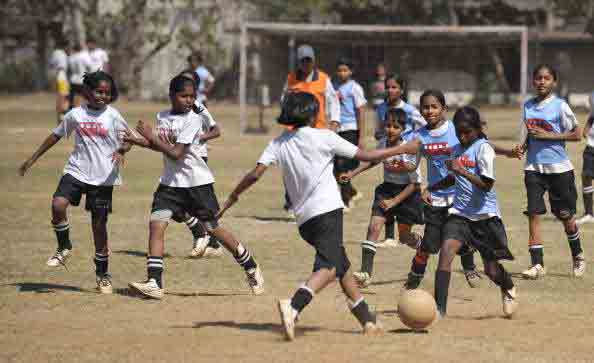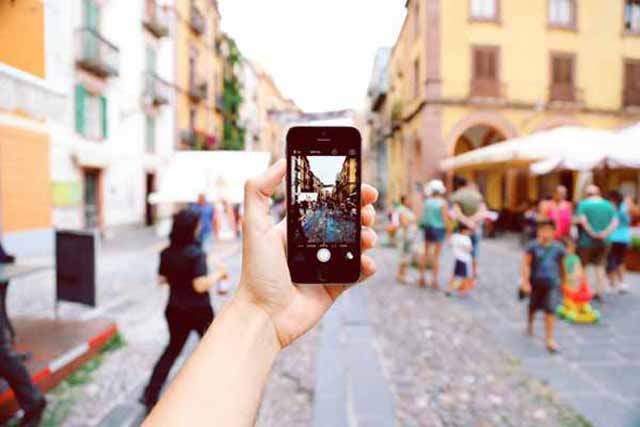
Community Use of School & Education Sector Recreation Resources
Community Use of School & Education sector Recreation Resources: Boosting Physical Activity and Sports
‘Community use’, sometimes also called ‘Joint use or Shared use’, happens when government bodies, or sometimes private entities, NGOs, agree to open or broaden access to their facilities for community use. Community or shared can also take place on a formal basis (based on a written legal documents) or on an informal basis (based on historical practice or verbal communications).
Providing children and families with access to safe, affordable and convenient places to be physically active is an important strategy for promoting health and reducing risk for obesity, especially in lower-income communities.
Many schools or colleges, however, either do not share their recreational facilities or limit the types of shared use and facilities with some fees or charges that are available to the public during non-operational hours. School or education institution administrators commonly cite concerns about liability, insurance, safety, cost, staffing and maintenance as reasons for not opening their facilities to the community outside of operation hours.
Joint use agreements can help address these concerns, particularly in communities that lack public or private recreation facilities. States or authorities also may choose to address barriers to community recreational use of institution property through legislative action.
Benefits of Shared or Community Use
Regular physical and sports activity promotes multiple health benefits and reduces risk for obesity and hypertension. Providing access to safe, affordable and convenient recreational facilities is a critical strategy for helping children and adults to become more active and healthy. People in urban as well as rural areas want access to safe, healthy and affordable recreational spaces. With the shared use, public and private property owners can open underutilised facilities for community use.

Though often use as a strategy to increase opportunities for physical activity, Community or shared use have many wide range benefits as mentioned below.
Health Benefits
- Increased physical and sports activity among citizens and children who live near recreational spaces;
- Reduced risk of chronic diseases associated with more physical activity like obesity, hypertension etc.;
- Better access to healthy food through community gardens;
- Improved mental well-being for those who live near parks and recreational facilities; and
- Reduced stress for people who spend more time in the parks and outside areas.
Equity Benefits
- More opportunities for physical activity in low income communities, which are less likely to have access to recreational spaces; and
- Reduced health injustice by creating more spaces for play and exercise in the communities that need them most especially lower income groups.
Community Benefits
- Decreased crime, Vandalism, and Violence in recreational spaces that children or people use regularly; and
- Stronger community ties through informal interaction, organised activities and volunteering.
Education Benefits
- Improved academic performance among kids who are more physically active; and
- Better classroom behaviour when students can play and be active.
Economy Benefits
- More cost effective than building new or more resources and facilities;
- Increased economic opportunity when shared use supports small business incubation; and
- Increased economic values for properties closer to parks, open spaces, and recreational facilities.
Theoretically it is explained in the figure 2 given below:

Recent Implementation of Shared use strategy in Ludhiana, Punjab (India)
Due to shortage of land, playgrounds are unavailable in a majority of the areas in various cities and towns across Punjab and similarly in many other states of India. Recently in December 2018, the Department of School Education, Punjab, has directed all district education officers that municipal corporations, municipal councils or panchayats can promote shared or community use of playgrounds in government schools for sports activities.
During this beneficial step by Punjab Government it is mentioned if a sports centre is being run at any government school, permission can be granted only with consent of the physical education teacher concerned. In the case of any vandalism, damage to playground or school property, the Municipal Corporation, Municipal Committee or panchayat concerned would pay compensation to the school.
The Municipal Corporation or panchayat will also be responsible to ensure cleanliness and pay charges for using electricity or water during sports activities.

As explained by the Indian Institute of Architects (IIA), Punjab Chapter Chairman Sanjay Goel; it is a revolutionary and perfect decision taken by the Education Department as school grounds can be used for sports activities during off hours. This will promote the sports and at the same time increase the physical activities of children or people who are not having access to playgrounds or open areas.
Considering this initiative as a revolutionary step by Punjab Government other states, authorities and local bodies should learn and can promote similar kind of shared use of playgrounds and parks associated with schools, colleges or any other public/private institutions.
Future shared use strategies
Below given are some recommendations for promotion of shared or community use of playgrounds and other recreational resources:
- Promoting shared or community use with citizens through multiple channels of communication like social media, television, newspapers etc;
- Vocal or printed reminders to play at the school grounds after operational hours;
- Promotion of play pre-post other school activity events;
- Physical Education Homework in schools in combination with shared use;
- More supervised activities and increased onsite signage, marketing, programming and/or collaboration between parks departments and schools – addressing factors that may contribute to less usage in communities with more poverty;
- Shared use programming or built environment appealing to older age groups, adults and females;
- Strategically sited investment in schoolyards and built environment around schools supportive of schools as community play spaces;
- Diversity of green infrastructure in schoolyards supportive of food forestry, shade and nature/natural areas similar to offerings of parks; and
- Explore public transport options and wayfinding signage to schools; for example 5-10 minutes’ walk or 2-5 minutes cycling.




